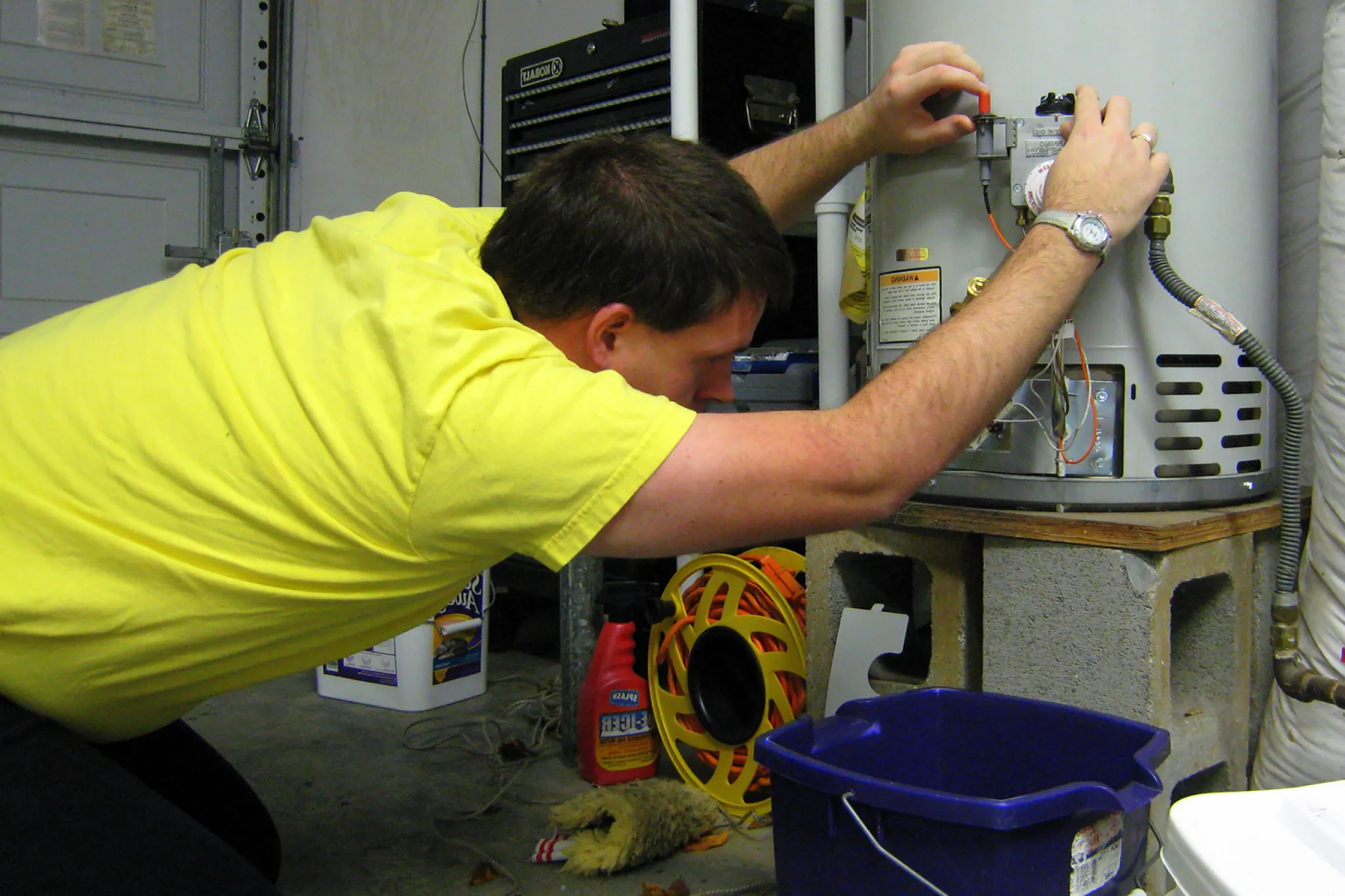Easy Guide to Maintaining Your Home's Hot Water System
Easy Guide to Maintaining Your Home's Hot Water System
Blog Article
We've come across the article on Tips on Maintaining a Water Heater below on the internet and think it made perfect sense to share it with you here.

Warm water is necessary for everyday comfort, whether it's for a refreshing shower or washing recipes. To guarantee your hot water system runs efficiently and lasts longer, normal upkeep is crucial. This article provides sensible ideas and insights on how to maintain your home's warm water system to prevent interruptions and pricey repairs.
Intro
Preserving your home's hot water system might appear overwhelming, but with a couple of basic steps, you can guarantee it operates smoothly for several years to come. This overview covers every little thing from understanding your warm water system to DIY maintenance ideas and understanding when to call in specialist assistance.
Importance of Keeping Your Hot Water System
Regular upkeep not only expands the life expectancy of your hot water system however also guarantees it runs effectively. Overlooking upkeep can result in lowered effectiveness, higher power bills, and also premature failing of the system.
Signs Your Warm Water System Needs Upkeep
Knowing when your warm water system needs focus can avoid significant issues. Keep an eye out for indications such as irregular water temperature, weird noises from the heating system, or rusty water.
Purging the Water Heater
Purging your hot water heater eliminates debris buildup, boosting efficiency and extending its life.
Monitoring and Replacing Anode Rods
Anode poles prevent rust inside the container. Examining and changing them when worn out is important.
Facility Problems Calling For Professional Assistance
Instances include major leakages, electrical issues, or if your hot water heater is consistently underperforming.
Routine Specialist Maintenance Perks
Expert upkeep can include extensive examinations, tune-ups, and ensuring compliance with security criteria.
Inspecting and Changing Temperature Level Setups
Adjusting the temperature settings makes certain optimum performance and security.
Do It Yourself Tips for Upkeep
You can perform several maintenance jobs on your own to maintain your hot water system in top condition.
Looking for Leakages
Consistently inspect pipes and connections for leakages, as these can cause water damages and greater bills.
Understanding Your Hot Water System
Before diving right into upkeep jobs, it's handy to understand the basic components of your hot water system. Usually, this consists of the hot water heater itself, pipelines, anode poles, and temperature level controls.
Month-to-month Upkeep Tasks
Normal month-to-month checks can help catch minor issues before they escalate.
Evaluating Pressure Relief Valves
Evaluating the pressure relief valve ensures it works properly and stops extreme stress accumulation.
Protecting Pipes
Protecting hot water pipes lowers warmth loss and can conserve power.
When to Call a Specialist
While do it yourself upkeep is helpful, some problems need expert knowledge.
Conclusion
Regular upkeep of your home's warm water system is necessary for effectiveness, durability, and expense savings. By following these tips and recognizing when to look for expert assistance, you can guarantee a dependable supply of hot water without unanticipated disturbances.
How to Maintain an Instant Hot Water Heater
Before tinkering with your hot water heater, make sure that it’s not powered on. You also have to turn off the main circuit breaker and shut off the main gas line to prevent accidents. Also turn off the water valves connected to your unit to prevent water from flowing into and out of the appliance. 2. When you’re done, you have to detach the purge valves’ caps. These look like the letter “T†and are situated on either side of the water valves. Doing so will release any pressure that has accumulated inside the valves while at the same time avoid hot water from shooting out and burning your skin. 3. When the purge valves’ caps are removed, you have to connect your hosing lines to the valves. Your unit should have come with three hoses but if it didn’t, you can purchase these things from any hardware or home repair shops. You can also get them from retail stores that sell water heating systems. Read the user’s manual and follow it to complete this task properly. When the hosing lines are connected, open the purge port’s valves. 4. You should never use harsh chemical cleaners or solutions when cleaning your unit. Make use of white vinegar instead. It should be undiluted and you’ll probably use about 2 gallons. 5. Now flush your water heater. This task should probably take about 40 minutes. We can’t give you specific directions for this because the procedure is carried out depending on the type, model and brand of your heater. With that being said, refer to the user’s manual. 6. When you’re done draining the unit, you have to turn off the purge port valves again. Remove the hosing lines that you earlier installed on each of the water valves. Put the valve caps (purge port) back in their respective places and be very careful so as not to damage the rubber discs that are found inside these caps. 7. Now that everything’s back in place, check your user’s manual again to find out how to reactivate your water heating system. 8. Once it is working, turn one of your hot water faucets on just to let air pass through the heater’s water supply pipes. Leave the tap on until water flows smoothly out of it. https://www.orrplumbing.com/blog/2014/september/how-to-maintain-an-instant-hot-water-heater/

Hopefully you liked our post on Tips on Maintaining a Water Heater. Many thanks for taking a few minutes to read our blog post. Remember to take the opportunity to promote this content if you enjoyed reading it. We thank you for reading our article about What Kind of Maintenance Do Water Heaters Need?.
Visit Report this page